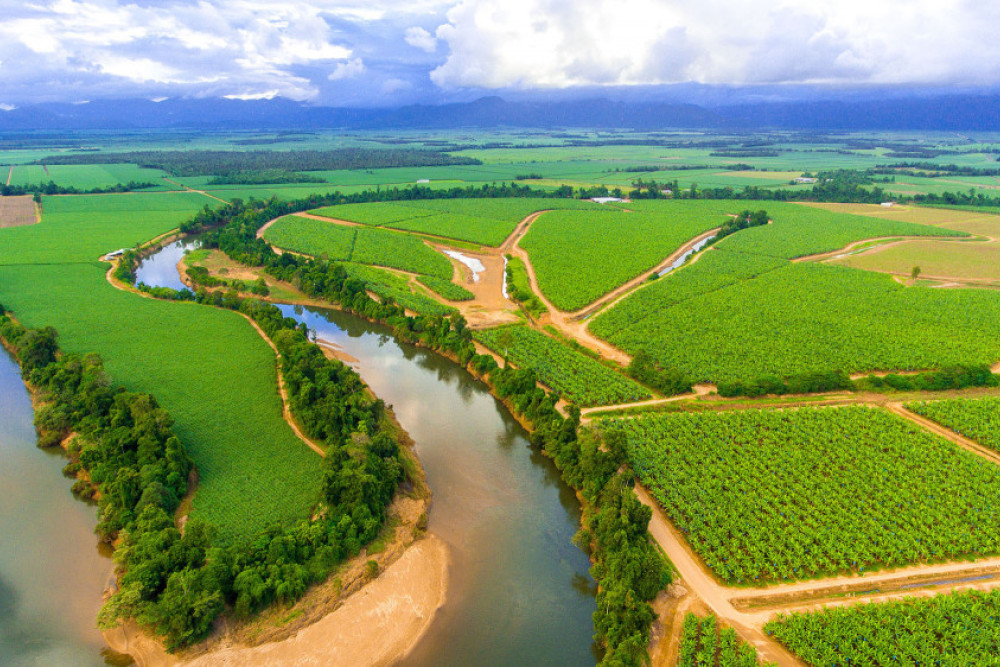General News
6 May, 2022
Wet Tropics Making Good Progress Towards Reef Water Quality Targets
WET Tropics farmers are being congratulated for reducing nutrient, pesticide, and sediment run-off, following the release of the Reef Water Quality Report Card 2020.

The Wet Tropics region achieved the most considerable reduction in dissolved inorganic nitrogen (DIN) across Queensland’s Great Barrier Reef catchments for July 2019 to June 2020.
The Johnstone River Catchment was a standout, recording a 6.4% reduction in DIN.
Farmers are also making significant progress in the Mossman, Tully and Murray River catchments.
Wet Tropics Paddock to Reef Coordinator Fiona Barron said farmers worked hard for over 10 years to change farm practices and reduce the run-off of nutrients, pesticides and sediment.
“As a region, we are a hotspot for dissolved inorganic nitrogen because of our high rainfall, short sharp rivers and intensive agriculture along the coastal plain,’’ Ms Barron said.
“It’s really encouraging to see that we are making good progress on reducing DIN. We’re now halfway towards a 60% reduction by 2025.
“These results reflect the hard work being undertaken by the agricultural industry, including through some big projects like SmartCane BMP, Reef Trust Repeat Tenders, the Wet Tropics Sugar Industry Partnership (WTSIP), the Wet Tropics Major Integrated Project (MIP) and the Upper Johnstone Integrated Project.
“And, of course, there is lots more work happening beyond the reporting period that the Reef Water Quality Report Card 2020 covers, which continues to bring even greater improvements.”
Ms Barron said farmers were adopting a range of different practices that were helping to improve both productivity and water quality.
They include matching fertiliser inputs more closely to crop requirements, improving soil health, cover cropping and minimal tillage, and trialling innovative treatment systems such as bioreactors and constructed wetlands.
Ms Barron said the scale and complexity of the task involved in improving water quality meant there was a time lag between on-ground action and quantifiable results.
“Improving Reef water quality isn’t an overnight fix,” she said.
“We began delivering Reef water quality programs in 2008, which really isn’t that long ago considering what is involved.
“We all have a responsibility to help reach these environmental targets. It’s not just up to agriculture but the entire community, from industry in the region to urban areas,” said Ms Barron.
The Reef Water Quality report cards report progress towards the targets and objectives of the Reef 2050 Water Quality Improvement Plan, which is nested within the Reef 2050 Long-term Sustainability Plan – Australia’s overarching framework for protecting the Great Barrier Reef until 2050.
Growers wanting to learn more about the science behind the Paddock to Reef Program and the Reef Water Quality Report Card 2020 cand do so at the water quality science forum on Thursday, May 12, in Innisfail.
The forum will focus on the Johnstone, Tully and Murray catchments.


